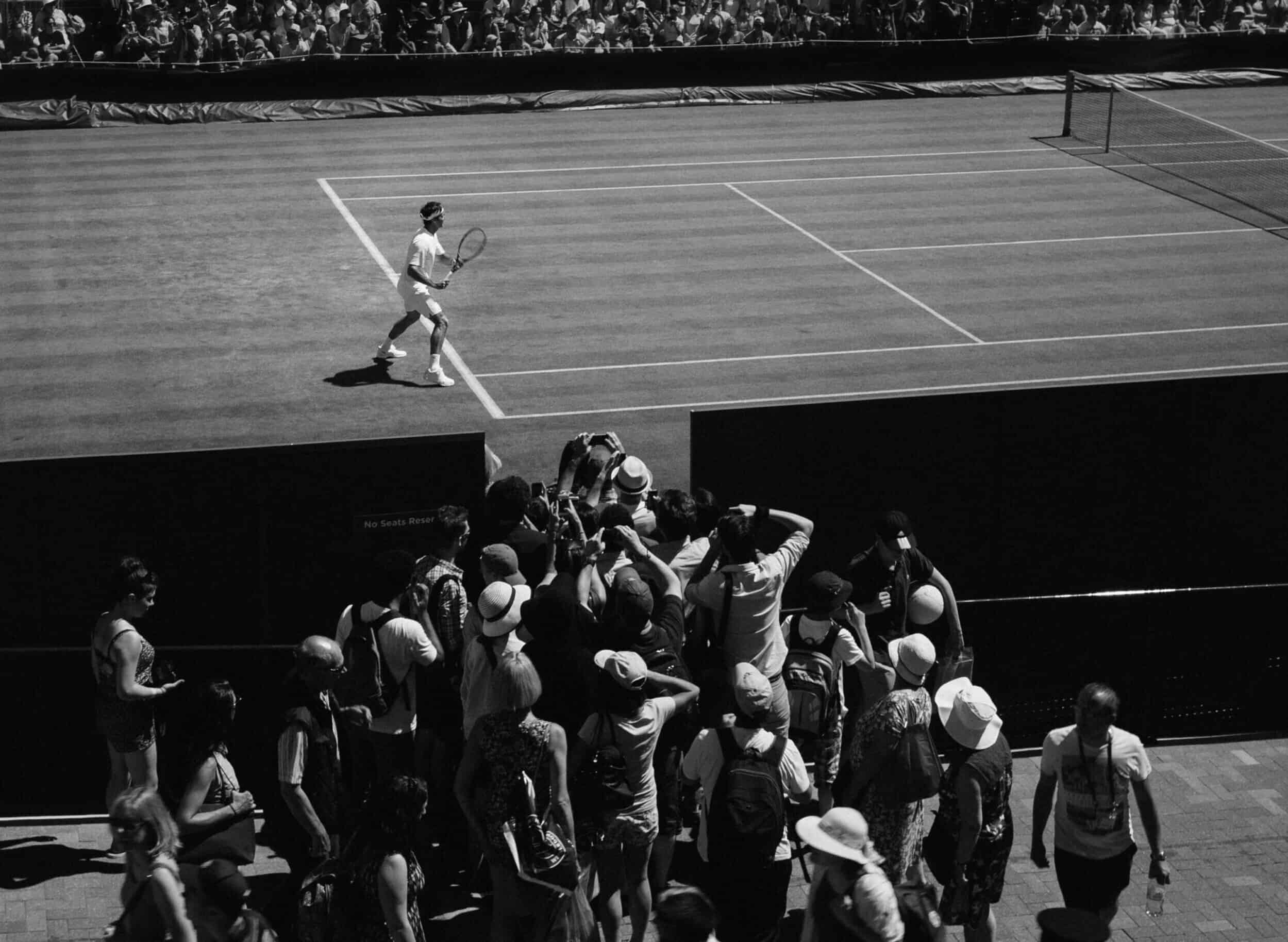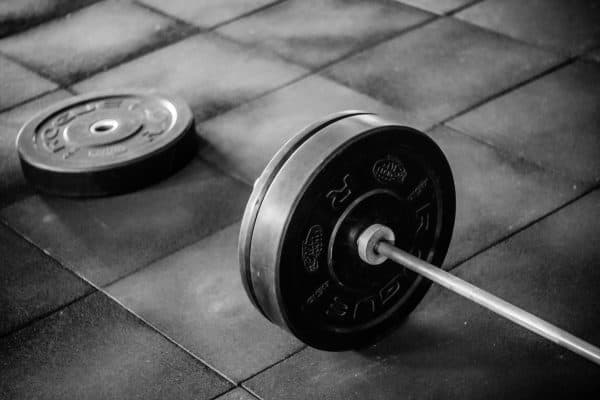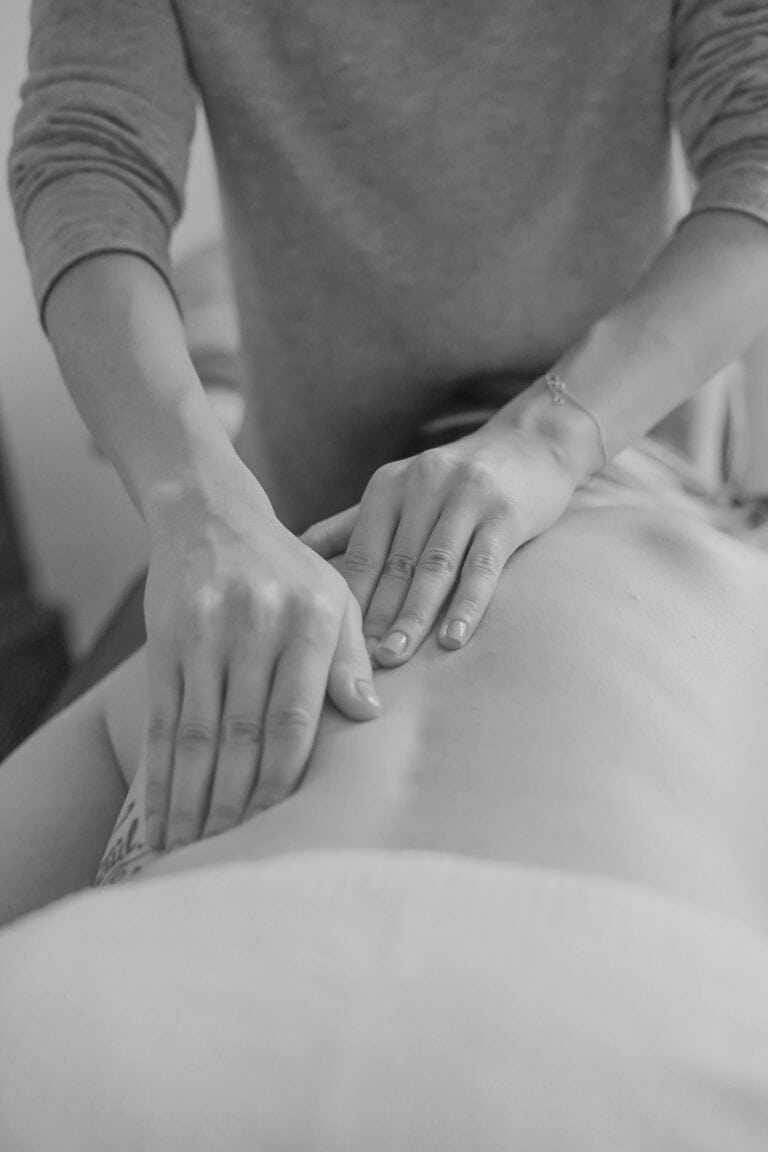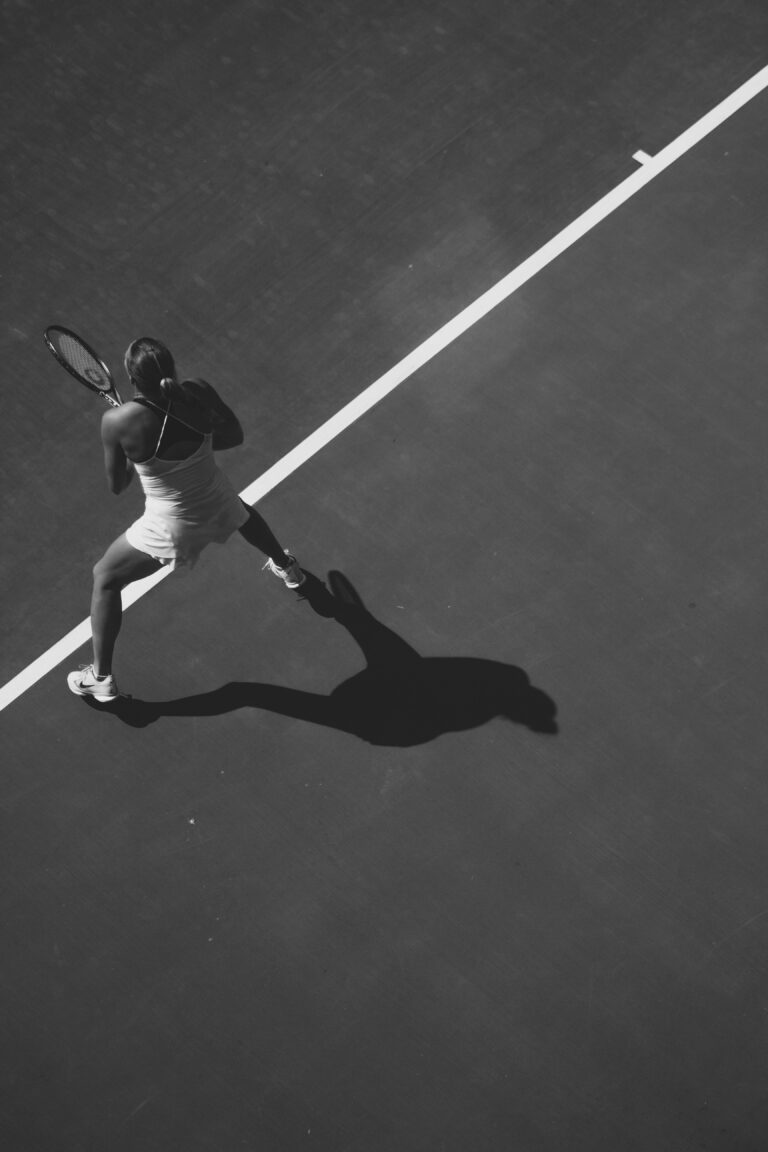
With the great Roger Federer in town at the moment, it seems like the perfect time to discuss the feared ‘Tennis Elbow’ or known medically as Lateral Epicondylalgia, for now, let’s just stick with Tennis Elbow and save the tongue twisters for another day.
What is Tennis Elbow?
Tennis elbow is a common overuse injury involving the extensor muscle group of the forearm and their tendinous attachment to the outside part of your elbow, generally due to an unaccustomed increase in load. The tendons are unable to adapt to the loads and stresses they are being placed under and begin to become painful due to various physiological changes that are occurring. If this is left for an extended period of time numerous degenerative changes can occur to this tendon, which predisposes it further irreversible damage.
What do you mean Tennis isn’t the only activity that causes Tennis Elbow?
Tennis seems to have copped the brunt of the blame for this particular condition, however, there are numerous other potential hobbies and occupations that can illicit this injury. Occupations or hobbies that require the repetitive nature of gripping, twisting or rapid forearm movements are key contributors to this type of injury, it can even potentially be referred down from your neck. Overuse Tennis Elbow presentations are common in occupations such as construction workers, factory workers, fisherman. Whereas office works who spend hours in front of the keyboard can present with Tennis Elbow due to underuse and are less tolerant to load increases.
What are some potential risk factors that may make me susceptible?
- Age 35-60
- Previous history of tennis elbow
- Sedentary lifestyles
- Gender – males
- Overuse and underuse
- Poor technique
Symptoms of Tennis Elbow
All tennis elbow presentations present differently, however, there are some common signs which include pain that extends down the forearm, pain and weakness with grasping, pain on touching the outside part of your elbow, gripping or twisting elbow movements and pain with stretching of your extensor forearm muscles. The pain associated with Tennis Elbow is highly variable and may or may not be present during activities or the pain may spike 24 to 36 hours post provoking activity.
Physiotherapy and Tennis Elbow
Physiotherapy has been shown to be effective in the treatment and management of Tennis Elbow. The goal of all Physiotherapy is to reduce pain and improve function allowing the athlete or worker back to their given task as soon as possible. Some basic treatment and strategies that our Physiotherapists at Subiaco Physiotherapy employ to ensure this is
- A variety of manual treatment techniques.
- Active rehabilitation program.
- Neural tissues sensitivity techniques.
- Strapping, splinting, massage, dry needling and icing as appropriate.
One last word
All aboard the FED express. Roger.







